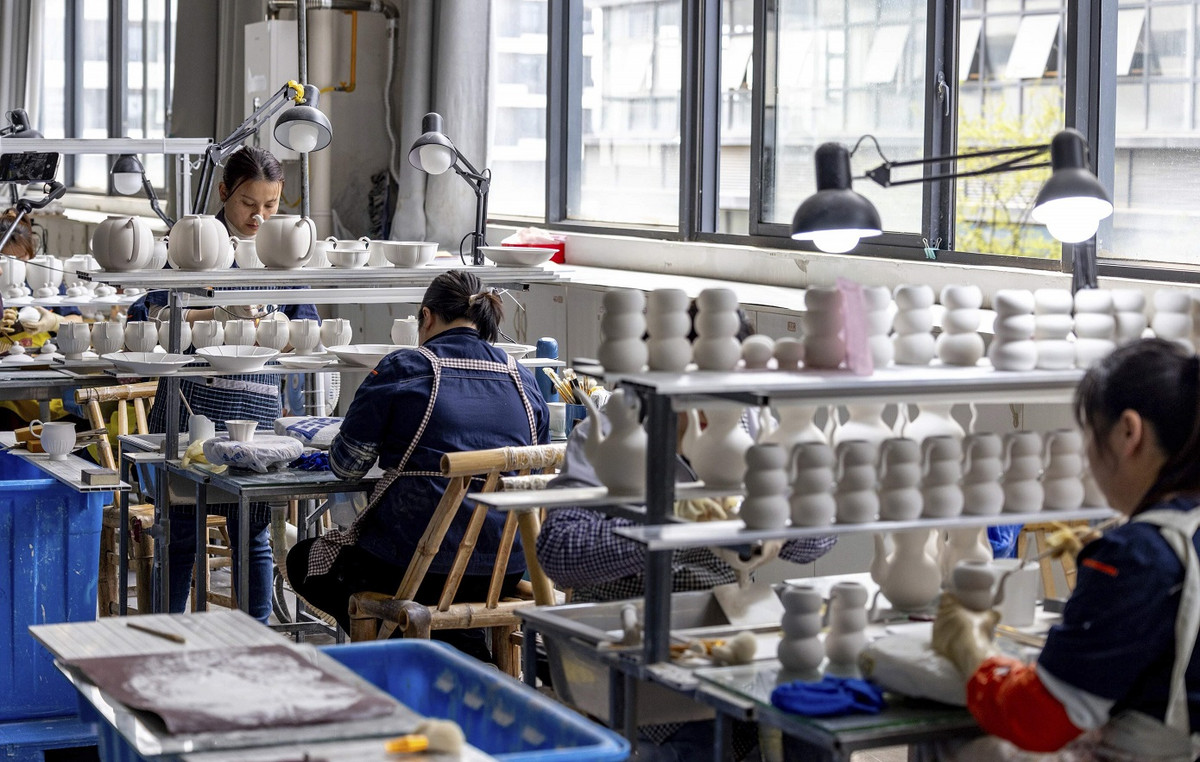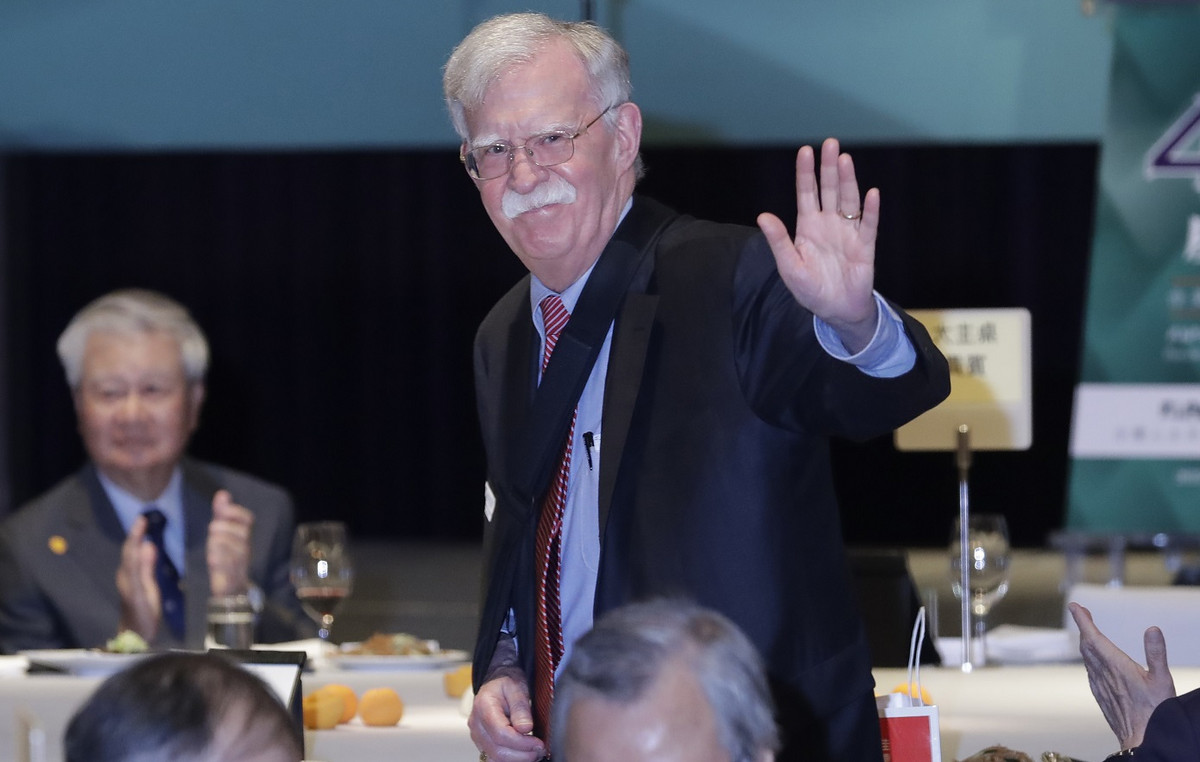Carolina Cristina dos Santos, 30, was last registered as a sales promoter four years ago. Since then, she has survived on odd jobs.
In the beginning, after many denials from companies in the search for a replacement, she started to work at events. She took what came along.
But then the pandemic came, the jobs disappeared and she had to look for another alternative to put food in the house and support her 11-year-old daughter.
Today, Carolina’s income, who continues to look for a job, comes from a gig she got in the assembly of motorcycle flashlights – work she does from home, normally from 8 am to midnight.
For every thousand pieces, she earns R$ 80. In the month, when everything goes well, she ends up taking about R$ 1,500. Of this amount, R$ 700 goes towards renting the house where she lives with her daughter.
“The problem is that this income is unstable. Today you work, but tomorrow you may have nothing. So, it becomes very difficult”, says Carolina.
According to her, sometimes, what she earns is barely enough to pay the day-to-day bills. And at those times, she has to turn to her mother for help.
Carolina’s difficulty is the same as that of thousands of other Brazilians who are unemployed. In Brazil, there are more than 3.7 million people without a job for more than two years, which represents 26% of the unemployed (in 2015, it was 17%), according to a survey carried out by Tendências Consultoria Integrada.
This scenario is even more perverse in classes D and E, which account for 81% of this group of people who have been without formal work for more than 48 months.
“The participation of the poorest in long-term unemployment is higher than the participation of these households in the social pyramid (65.7% according to the PNAD)”, says economist Lucas Assis, responsible for the survey.
The long-term unemployed in classes D and E grow well above the other classes, further increasing inequality in the country. Between 2015 and 2021, the number of people without a job for more than two years in classes D and E increased by 173%; in classes C, 86%; in B, 53%; and in A, it dropped 37%.
Human capital
In Assis’ assessment, the damage caused by this situation is enormous and represents an important loss of human capital for the country.
“Being unemployed for so long means unlearning tasks, being out of date with new practices and having difficulty being as productive as before”, says the economist.
Ultimately, this represents reducing the economy’s growth potential in the medium and long term.
Worse: this scenario is gradually becoming almost irreversible, highlights the director of FGV Social, Marcelo Neri. By losing qualifications and becoming more outdated, the worker considerably reduces the chance of re-entering the market compared to someone who has been unemployed for less time.
“It is a worrying situation. It seems that whoever falls into unemployment stays unemployed and never leaves.” According to him, the last time we had a similar scenario was in 1998, with a sequence of crises, such as in Russia, Asia and Argentina.
“Now, we are experiencing the same situation, with the pandemic and the war in Ukraine.”
The loss of human capital, according to experts, is something irreparable for a country that needs manpower to resume its growth path. The problem is that there are not many signs that this will change at the pace necessary for the well-being of the population.
According to economist VanDyck Silveira, president of Trevisan Escola de Negócios, in order to absorb all the people who enter the job market each year, it would be necessary to have an annual growth of 3%.
“But over the last 40 years, the Brazilian economy has grown by an average of 1.5% a year.” That is, the Gross Domestic Product (GDP) does not advance even enough to meet the needs of new entrants, let alone to replace the unemployed.
In practice, this means that Brazil is poorer. An example of this is that, in dollars, the country’s GDP per capita has fallen by 47% in the last 12 years, says Silveira.
“Today, we live in a situation where there is a huge contingent of young people who do not work or study and another class of workers who have lost their jobs, are unable to relocate and are not reused.”
Marcelo Neri highlights that everything got worse for the poorest. Inflation is higher, which erodes income, and unemployment is high and enduring.
In this scenario, interest rates are rising to contain the rise in prices and may affect investments, delaying the faster recovery of the labor market.
Despite the improvement seen in unemployment indicators in recent months, inequality in employment has increased. According to Lucas Assis, from Tendências, the quality of vacancies is worse and the number of underemployed people is higher.
This group of workers are those who work less than 40 hours a week, but would like to work longer and are available.
“Conditions have deteriorated. Whoever gets a job, gets it with lower pay compared to the past, which explains the income in the minimum history.” In his assessment, it is necessary to create an urgent agenda for the recovery of employment, especially among younger people.
“Training and qualification policies will be necessary to reinsert these people into the labor market.”
Company administrator has been doing odd jobs for two years
Graduated in business administration and production engineering, Marilisa Salvi, 57, has been unemployed for two years, despite tirelessly looking for an opportunity. With no chance in the market, she was forced to move in with her sister to cut down on expenses.
Today, he lives on beaks. “I help in the beauty salon, I make handicrafts and now I’m betting on opening an online store to sell clothes”, says Marilisa.
The information is from the newspaper. The State of São Paulo.
Source: CNN Brasil
I am Sophia william, author of World Stock Market. I have a degree in journalism from the University of Missouri and I have worked as a reporter for several news websites. I have a passion for writing and informing people about the latest news and events happening in the world. I strive to be accurate and unbiased in my reporting, and I hope to provide readers with valuable information that they can use to make informed decisions.







